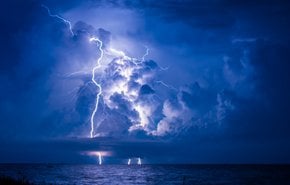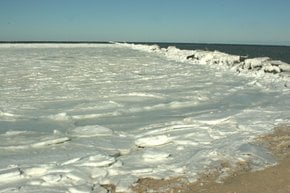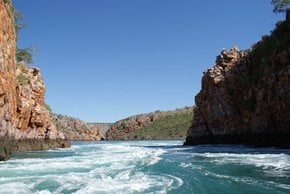Ice Tsunami in Ontario 2026
Surreal walls of broken ice occasionally pile up on lake shores
Best time: mid-February–late March
These bizarre ice shoves observed on the lakes of Southern Ontario are not some marketing stunt to draw tourists to the area. They are actually a natural phenomenon that owes its existence to thaw and high winds. The gusts of 52 knots and above blow the broken ice and occasional boulders onto the shores. Ominous "ice tsunamis" may grow as high as a lamppost and even overwhelm the retaining walls.
An ice wave can emerge abruptly, especially during a windstorm. So if you ever seek to witness such winter scene, keep a safe distance from the water. Ice shove events occur only with certain weather conditions, which are typical during late winter and early spring. At this time of year, thick ice weakens and breaks up.
The most popular spot for this stunning natural phenomenon is on Lake Erie shores, particularly around Fort Erie, Ontario. However, it can also happen on Lake Ontario or any other lake in the province. Across the border, you may witness Ice Shards, a similar phenomenon with a different name.



































































